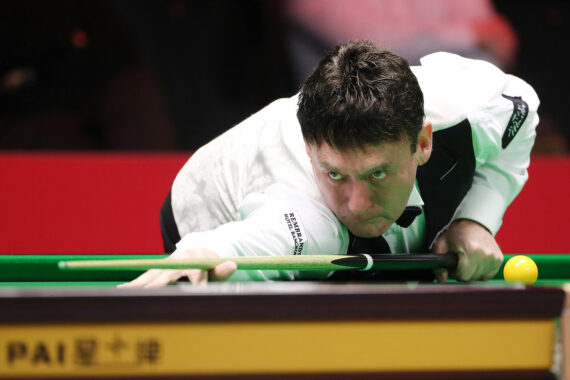Invitational Tour Cards
Following a significant number of questions that I have received following the decision to award invitational tour cards (ITCs) to Ken Doherty and Jimmy White this season, today I am going to try to set out a few of the basics as to their operation and their effect upon the world ranking list.
History
Discretionary ITCs have in fact existed since the start of the 2014/15 season, when World Snooker awarded two-year tour cards to Steve Davis, Stephen Hendry and James Wattana.
At the end of those two years, a further two-year ITC was accepted by Wattana, however Davis announced his retirement during the 2016 World Championship, while Hendry did not utilise his tour card at all and so his was not extended.
Who can receive an invitational tour card?
As is evident from the names above, ITCs are reserved for those players who have made an outstanding contribution to the sport. They may be issued at the discretion of the World Snooker board and are not subject to application.
There can be no more than four invitational tour card holders at any one time. Following the decision to award ITCs to Ken Doherty and Jimmy White from the start of the 2017/18 season, there are now currently three active ITC holders.
When can they play?
Previously, ITC holders could only play in tournaments subject to the amount of professional entrants, meaning that they were effectively top-up players. However, following a decision by World Snooker at the start of this season, they will now be able to compete in any ranking event.
Where the total number of entries including tour players and Invitational Tour Card Holders exceeds 128, a pre-qualifying round will take place.
The relevant number of players will be selected at random from those among the bottom 64 seeds (excluding wildcards) to play in the pre-qualifying round, with the winners progressing into Round 1 (last 128) at random. Tour Players can only be included in one pre-qualifier per season.
How are they ranked?
As has been the case since their introduction, ITC holders will receive prize money and ranking points, meaning that they will be included on the world ranking list.
How are they seeded?
Notwithstanding their ranking however, as it stands ITC holders will continue to be seeded at events after main tour players. For example this is why fourth seeded Judd Trump was paired with ITC holder James Wattana at the 2016 UK Championship, despite Wattana being significantly higher ranked at the time.
For this reason, I will continue to place ITC holders at the bottom of the latest provisional seedings list, despite their higher actual ranking.
Can they earn a full tour card?
In short – yes!
If an invitational tour card holder can finish the season inside the top 64 of the world rankings (either after their first or second season), they will earn a full tour card for the following season.
But what about the one-year list? At the end of their second season (i.e. this season for James Wattana, or next season for Ken Doherty and Jimmy White), an ITC holder may regain a place on the main tour via the one-year list, for players outside of the top 64.
In other words if James Wattana cannot break into the top 64, but can earn enough during the 2017/18 season to be among the top eight players on the one-year list, outside of the top 64 on the two-year list, he will earn a full two-year tour card for the 2018/19 and 2019/20 seasons.
However, this does not apply during their first seasons as ITC holders, because the one-year list qualification route is only open to players who do not have a tour card for the following season, which Doherty and White technically do via their ITCs.
This applied last season to Wattana himself, who would have been among the top eight players, but was not included due to already having the second year of his ITC guaranteed for the coming season.
Still not sure? Get in touch via @wpbsaofficial on Twitter with any further questions!





